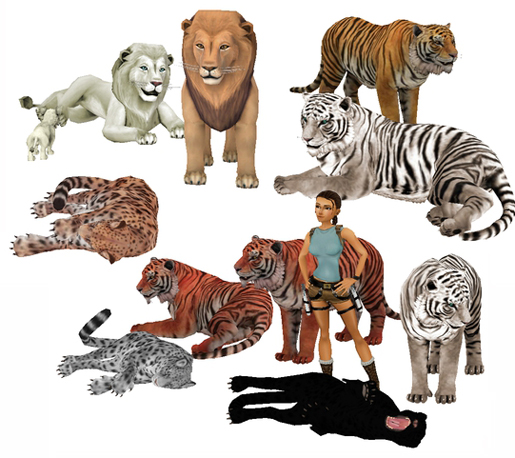A black panther is typically a melanistic color variant of any Panthera species. Black panthers in Asia and Africa are leopards (Panthera pardus). Black panthers in the Americas are black jaguars (Panthera onca).
Close examination of the color of these black cats will show that the typical markings are still present, but are hidden by the excess black pigment melanin, giving an effect similar to that of printed silk. This is called "ghost striping". Melanistic and non-melanistic animals can be littermates. It is thought that melanism may confer a selective advantage under certain conditions since it is more common in regions of dense forest, where light levels are lower. Recently, preliminary studies also suggest that melanism might be linked to beneficial mutations in the immune system.
The species' success in the wild is in part due to its opportunistic hunting behavior, its adaptability to habitats, its ability to run at speeds approaching 58 kilometres per hour (36 mph), its unequaled ability to climb trees even when carrying a heavy carcass, and its notorious ability for stealth. The leopard consumes virtually any animal that it can hunt down and catch. Its habitat ranges from rainforest to desert terrains.
See Matching products here.













